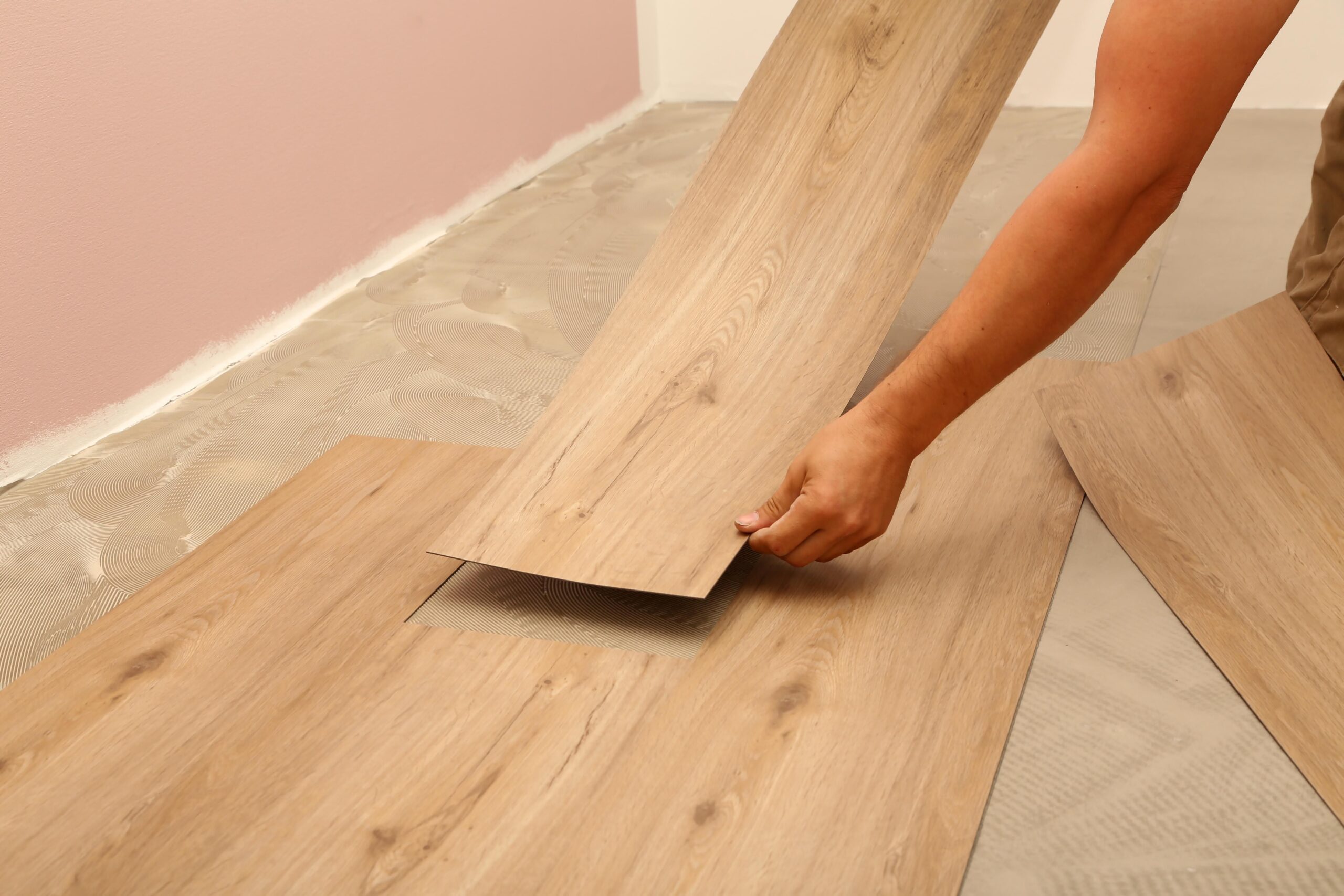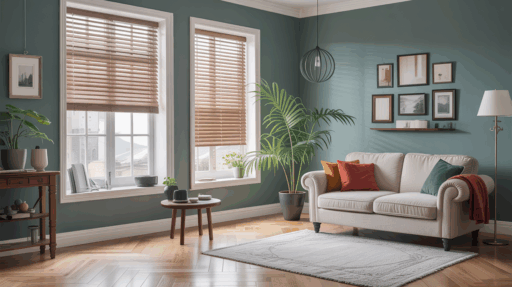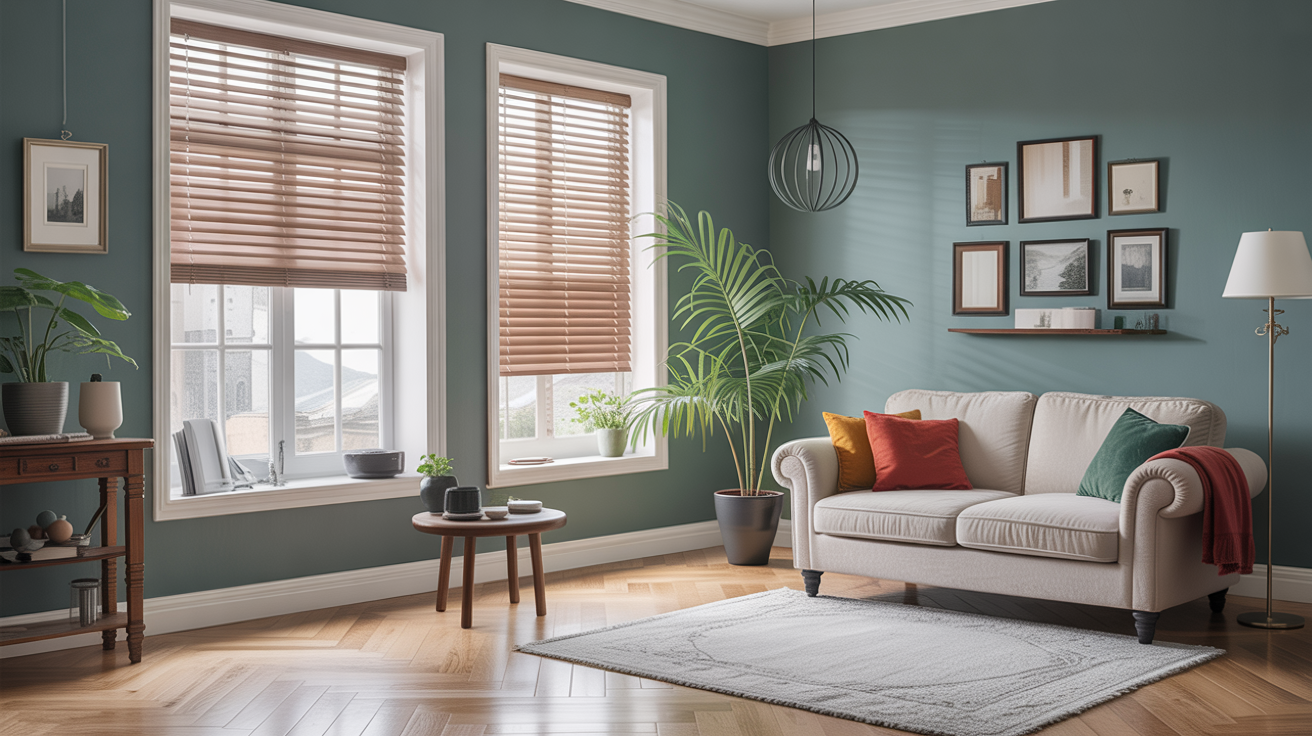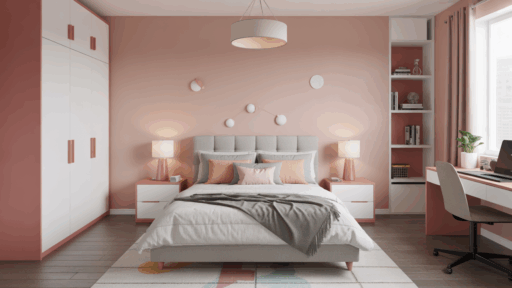Blinds can influence how a room feels, not just how it looks. They help control light, add privacy, and tie together surrounding elements like flooring and wall paint. Choosing the right style ensures the space feels balanced and intentional.
With so many materials and colours available, the decision often comes down to how well the blinds complement existing design choices. Online suppliers offering tailored and affordable solutions have made this process more accessible to homeowners. Examples similar to Half Price Blinds reflect how function and style can work together without overspending.
Focus on the Mood and Purpose of the Room
Each room in a home serves a different purpose, so the blinds should reflect that use. A relaxed bedroom may benefit from muted tones and soft fabrics, while a busy kitchen might require light-filtering or easy-to-clean options. Warm tones create a cozy feel, while cool shades offer a sense of calm.
Lighting also plays a key role. Colours can shift throughout the day as sunlight moves across the space. It is helpful to test blind samples next to paint and flooring under natural and artificial light before making final decisions.
Blend for Simplicity or Contrast for Visual Interest
There is no single right way to match blinds with interiors. Choosing similar tones can create a unified, low-profile look. This approach works well in minimalist designs or spaces with minimal visual clutter. Blinds that reflect wall or floor colours can appear almost seamless in such settings.
Contrast, on the other hand, adds focus. Lighter blinds on darker walls or deep-toned blinds on pale surfaces can introduce structure and clarity. Repeating the contrasting colour in other accents, such as cushions or rugs, is helpful to maintain balance.
Let the Flooring Guide Your Choice

Flooring often serves as the foundation of a room’s design. Timber floors bring natural warmth and texture, which pair well with soft-toned or textured blinds. Neutral woods may suit creams or soft greys, while deeper woods can be complemented by beige or taupe.
The material finish can influence the choice of tiled surfaces. Matte stone tiles may look best with woven or fabric blinds, while glossy or polished tiles work with more streamlined options. Paying attention to colour undertones can help create continuity between the floor and the window treatments.
Texture and Material Make a Difference
The look and feel of a blind should work with the surrounding materials. If the walls have a flat or matte finish, adding blinds with a subtle texture can prevent the space from feeling too plain. On the other hand, smooth and simple blinds may better suit walls with reflective finishes or glossy paint.
Fabric type also contributes to a room’s function. Heavier blinds can help block light and provide insulation, while lighter fabrics allow brightness and openness. In rooms where flexibility is essential, options that combine blackout and light-filtering features may offer a practical balance.
Practical Solutions for Measured Spaces
Homeowners are increasingly turning to online platforms for made-to-measure window treatments. These services simplify the process by offering:
- A broad range of styles, fabrics, and colours
- Step-by-step guides for measuring and installation
- Custom sizing to avoid post-purchase adjustments
Ideal for updating multiple rooms, these tailored options support comfort, function, and design consistency. Made-to-order blinds remain dependable for achieving a cohesive look across the home.
Matching blinds with wall paint and flooring becomes more manageable with examples from suppliers such as Half Price Blinds. The process starts with clearly understanding the interaction of tones, textures, and materials. Whether aiming for contrast or consistency, thoughtful selections can bring harmony to any space. With today’s accessible options, homeowners can make practical choices that support visual balance and long-term comfort. The goal is a well-planned interior where each element supports the overall design.








